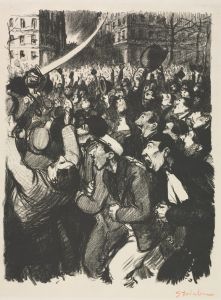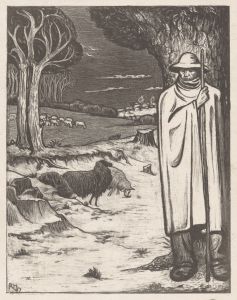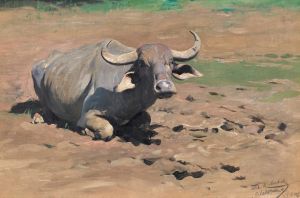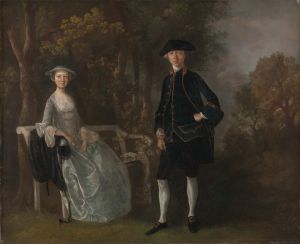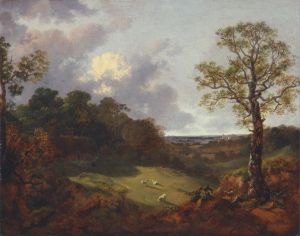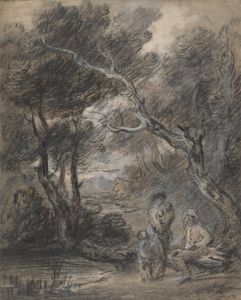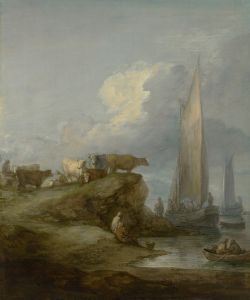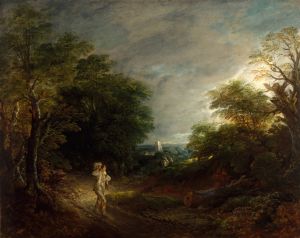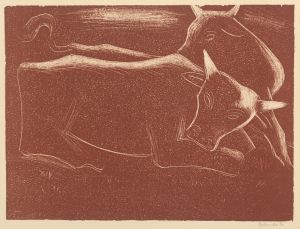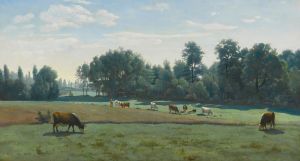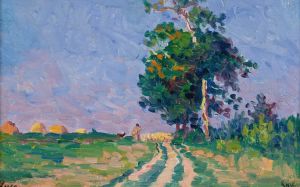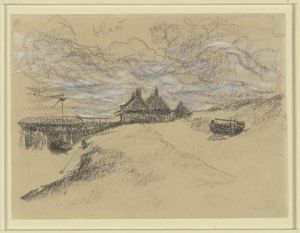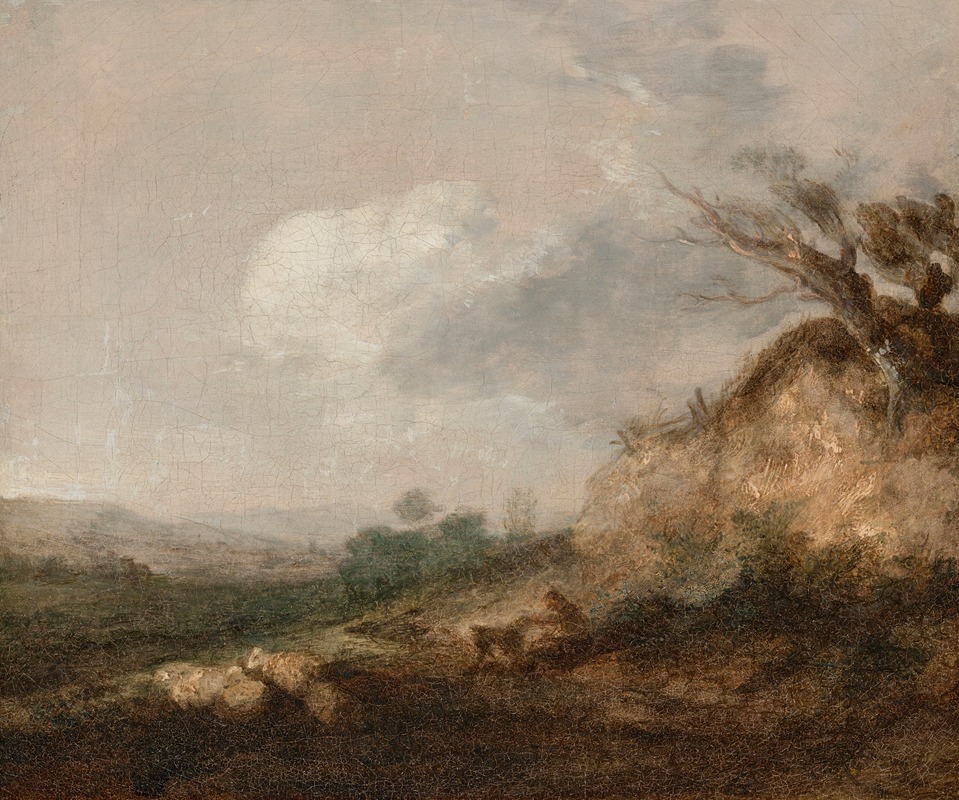
A shepherd and his dog in a landscape, his flock resting by a dune in the foreground
A hand-painted replica of Thomas Gainsborough’s masterpiece A shepherd and his dog in a landscape, his flock resting by a dune in the foreground, meticulously crafted by professional artists to capture the true essence of the original. Each piece is created with museum-quality canvas and rare mineral pigments, carefully painted by experienced artists with delicate brushstrokes and rich, layered colors to perfectly recreate the texture of the original artwork. Unlike machine-printed reproductions, this hand-painted version brings the painting to life, infused with the artist’s emotions and skill in every stroke. Whether for personal collection or home decoration, it instantly elevates the artistic atmosphere of any space.
Thomas Gainsborough, an eminent English painter of the 18th century, is renowned for his landscape and portrait paintings. One of his works, "A Shepherd and His Dog in a Landscape, His Flock Resting by a Dune in the Foreground," exemplifies his skill in capturing the serene beauty of rural life. Although specific details about this painting are scarce, it is consistent with Gainsborough's known style and thematic interests.
Gainsborough was born in 1727 in Sudbury, Suffolk, and showed an early talent for drawing. He moved to London in his teens to study art, where he was influenced by the Rococo style and the works of French painters such as Antoine Watteau. Gainsborough's landscapes often reflect a romanticized view of the English countryside, characterized by soft, flowing lines and a delicate use of color.
In "A Shepherd and His Dog in a Landscape," Gainsborough likely employs his typical palette of earthy tones and soft blues, creating a tranquil and harmonious scene. The composition probably features a shepherd, a common motif in Gainsborough's work, symbolizing a pastoral ideal. The presence of the dog and the resting flock adds to the idyllic nature of the scene, emphasizing themes of peace and simplicity.
Gainsborough's landscapes were not mere depictions of nature but rather imaginative constructs that conveyed a sense of mood and atmosphere. He often painted from memory, infusing his works with a sense of nostalgia and personal emotion. This approach set him apart from many of his contemporaries who focused on more topographical accuracy.
The painting's setting, with a dune in the foreground, suggests a coastal or rural environment, which Gainsborough might have been familiar with from his time in Suffolk or later in Bath. His landscapes often included elements like rolling hills, trees, and bodies of water, creating a sense of depth and movement within the composition.
Gainsborough's work was highly regarded during his lifetime, and he was a founding member of the Royal Academy of Arts in 1768. Despite his success in portraiture, he always maintained a deep passion for landscapes, which he considered his true artistic calling. His ability to capture the essence of the English countryside has left a lasting legacy, influencing generations of artists who followed.
While specific information about "A Shepherd and His Dog in a Landscape" is limited, it can be appreciated within the broader context of Gainsborough's oeuvre. His landscapes continue to be celebrated for their beauty and emotional resonance, reflecting the artist's unique vision and mastery of his craft. Gainsborough passed away in 1788, but his work remains a testament to his talent and enduring influence in the world of art.





